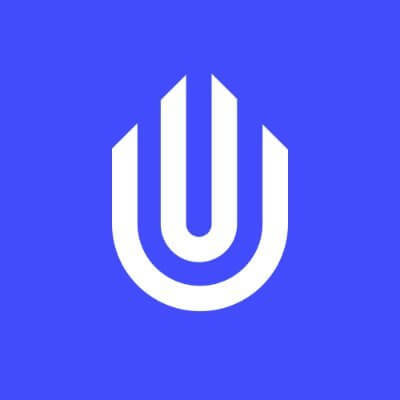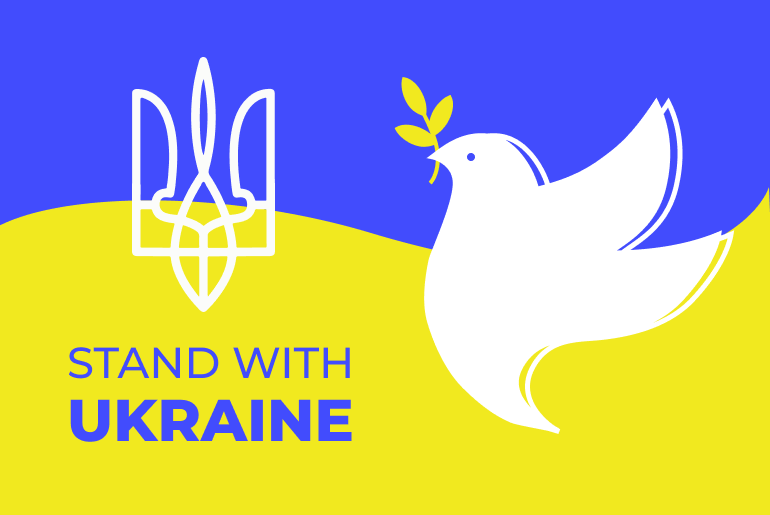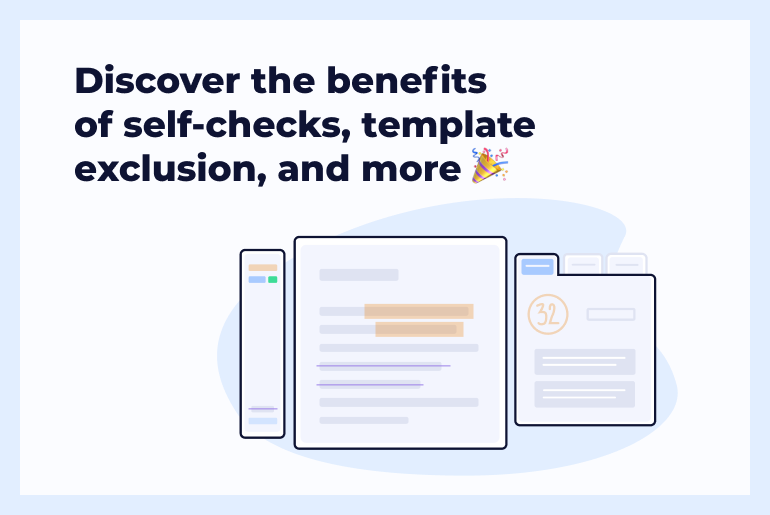Student plagiarism is nothing new these days. With conventional school still grading students based on the outdated assessment standards, learners concentrate their attention solely on the formal side of obtaining credits and the degree. Multiply it by the open accessibility of materials over the Internet and get the growing level of plagiarism in student works.
For this International Day of Action against Contract Cheating, we decided to make a little breakdown of how Unicheck detects various forms of plagiarism, including even the most sophisticated ones.
So, first things first. There are common types of paper-related cheating that aren’t something new but can still be overlooked by teachers, professors, and others dealing with student works:
- Direct plagiarism – copying someone’s text word for word without quotation;
- Mosaic plagiarism – borrowing particular parts of another author’s text;
- Paraphrasing – rewriting a stolen text without proper citing;
- Self-plagiarism – reusing own materials without permission or citing;
- Contract cheating – paying a company or individual for writing a full paper.
Apart from the familiar forms of cheating, there are some really sophisticated and intricate methods. They emerged with the rising popularity of plagiarism detection software among universities and require a great deal of technology to be identified:
- Letter substitution – replacing characters in words to the duplicates from other languages;
- Translation from a different language – presenting a translated text as your own;
- Adding a white-colored text – Including non-visible blocks of unique text to both header and footer of the paper;
- Inserting pictures with text – uploading assignment in the form of pictures;
- Fabricating references – adding unrelated or non-existing references.
At Unicheck, we constantly upgrade our plagiarism solution to identify the latest cheating methods. Check out the infographic to learn how Unicheck detects the most sophisticated plagiarism attempts:






